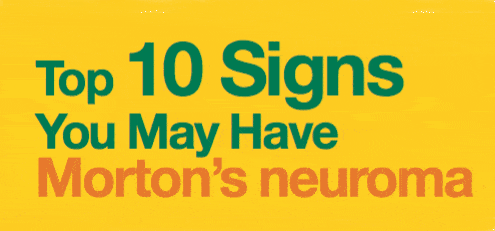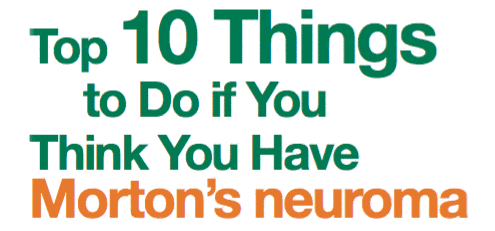Learn how we help athletes ditch discomfort and get back to the game they love
At The Center for Morton’s neuroma, we have experience dealing with athletes who suffer with Morton’s neuroma. Athletes such as runners, skiers, soccer/tennis/basketball players who partake in activities which consist of explosive ‘stop start’ multidirectional movements tend to be especially prone to forefoot problems such as Morton’s neuroma.
Additionally athletes that wear shoes or boots that can constrict their forefoot are also prone to Morton’s neuroma such as skiers, soccer players, baseball, softball and golfers. Frequently, these athletes tend to ignore early symptoms of Morton’s neuroma and present with significant symptoms. If left unchecked, Morton’s neuroma can worsen and become quite debilitating, limiting ability to play in sports.
Erin is from Boston and is a marathon runner. This is her testimonial after being treated with 2 ultrasound guided neurolytic ablations and then running the Boston Marathon:
Stephanie sent us one picture and this caption: “This is 5 months post cryoablation with Dr. Pearl. Thanks, Dr. Pearl. 26.2 miles and Zero neuroma pain!”
For professional athletes, Morton’s neuroma is not career ending. We provide numerous treatment options so that we can give you the correct treatment for you to ensure that you get back to your sport quickly. We are the only dedicated Morton’s neuroma center (that we know of) that offers a complete range of procedures to treat Morton’s neuroma without surgery. To see the treatments we offer for Morton’s neuroma click here.
Remember, the best treatment is prevention…
You can prevent most cases of Morton’s neuroma by wearing proper fitting shoes. In other words, don’t wear tight shoes or high-healed shoes for prolonged periods. Wear shoes with a wide toe box so that your toes are not squeezed or cramped. Ensure you’re your shoes have the correct padding in the balls of your feet.
While you may not be able to prevent all cases of Morton’s neuroma, you may be able to treat early cases by aggressive early conservative treatment. Don’t ignore your body – if you have painful symptoms: take NSAIDs to reduce pain and swelling, ice the painful area to relieve pain and take a break from high impact activities that involve running and jumping until the pain and irritation subsides.
Remember, ignoring the pain of Morton’s neuroma doesn’t treat it; it only allows it to get worse!


By providing us with your information you are consenting to the collection and use of your information in accordance with our Terms of Service and Privacy Policy.